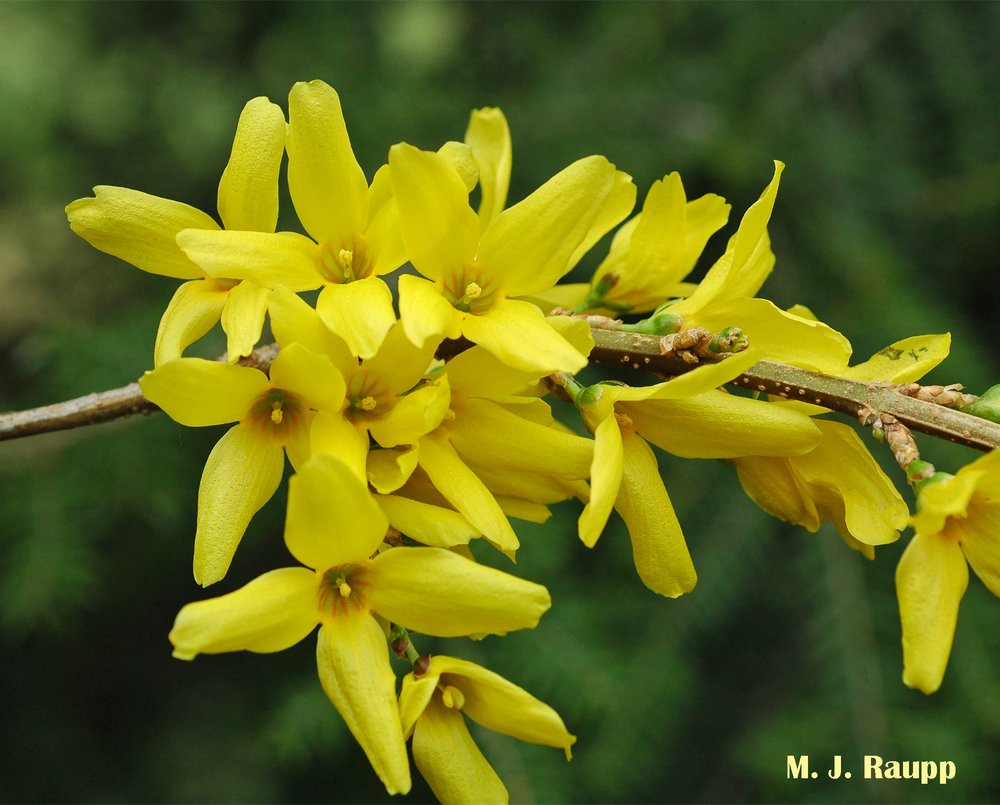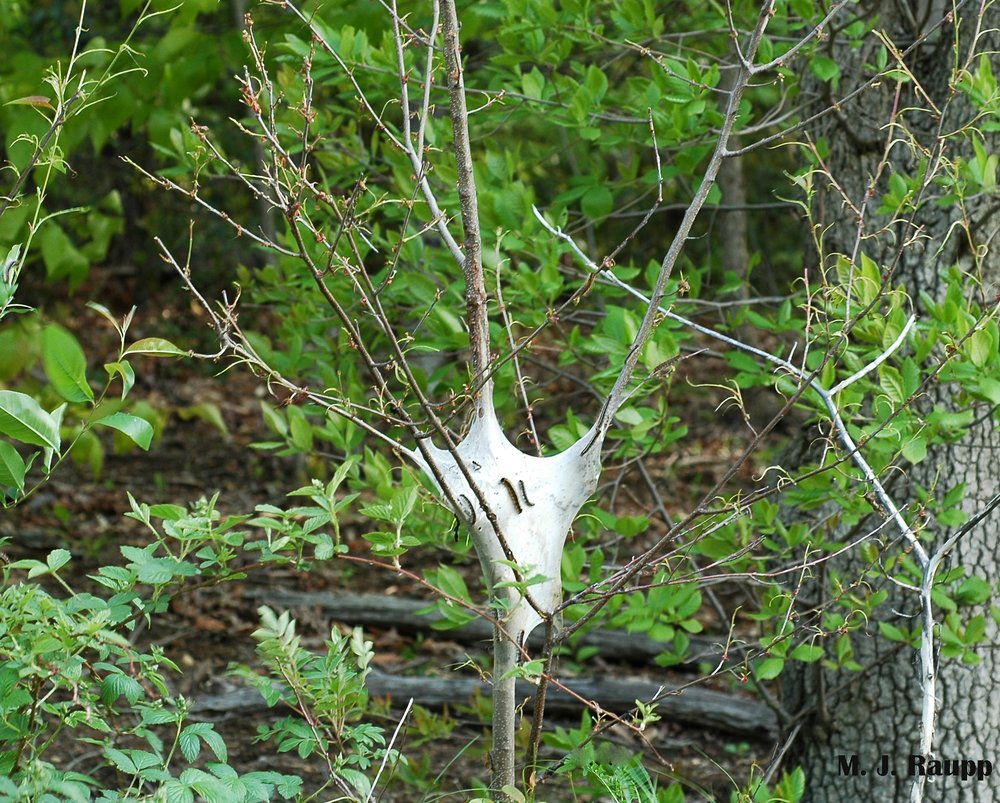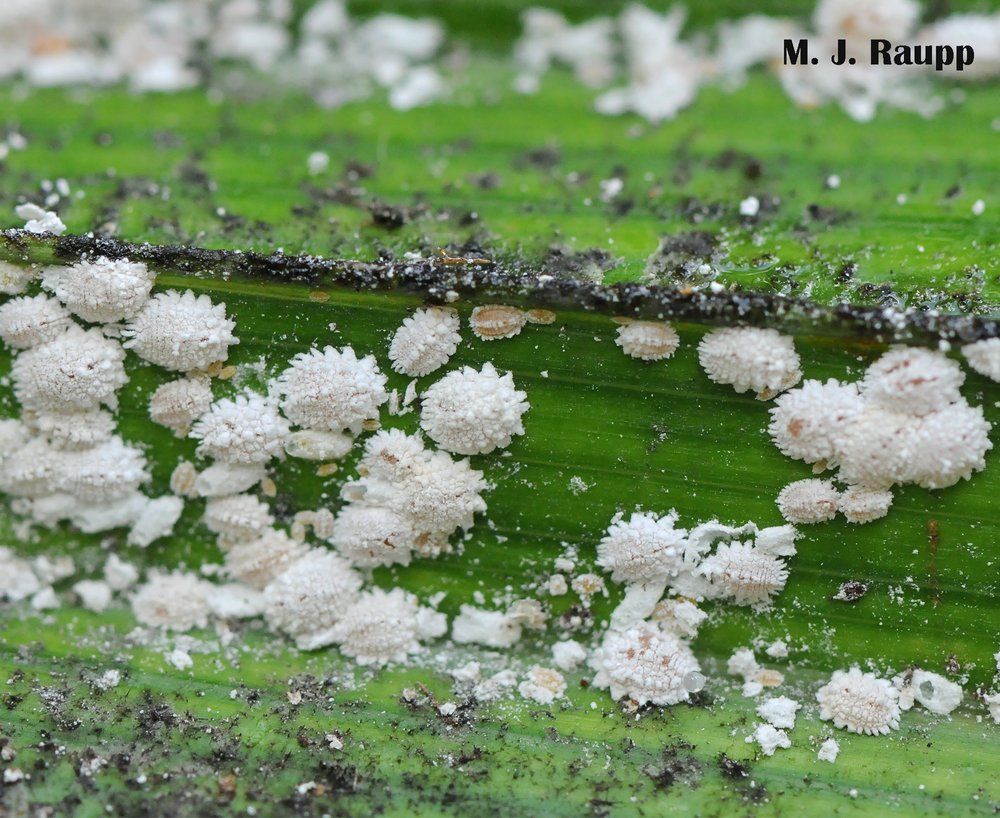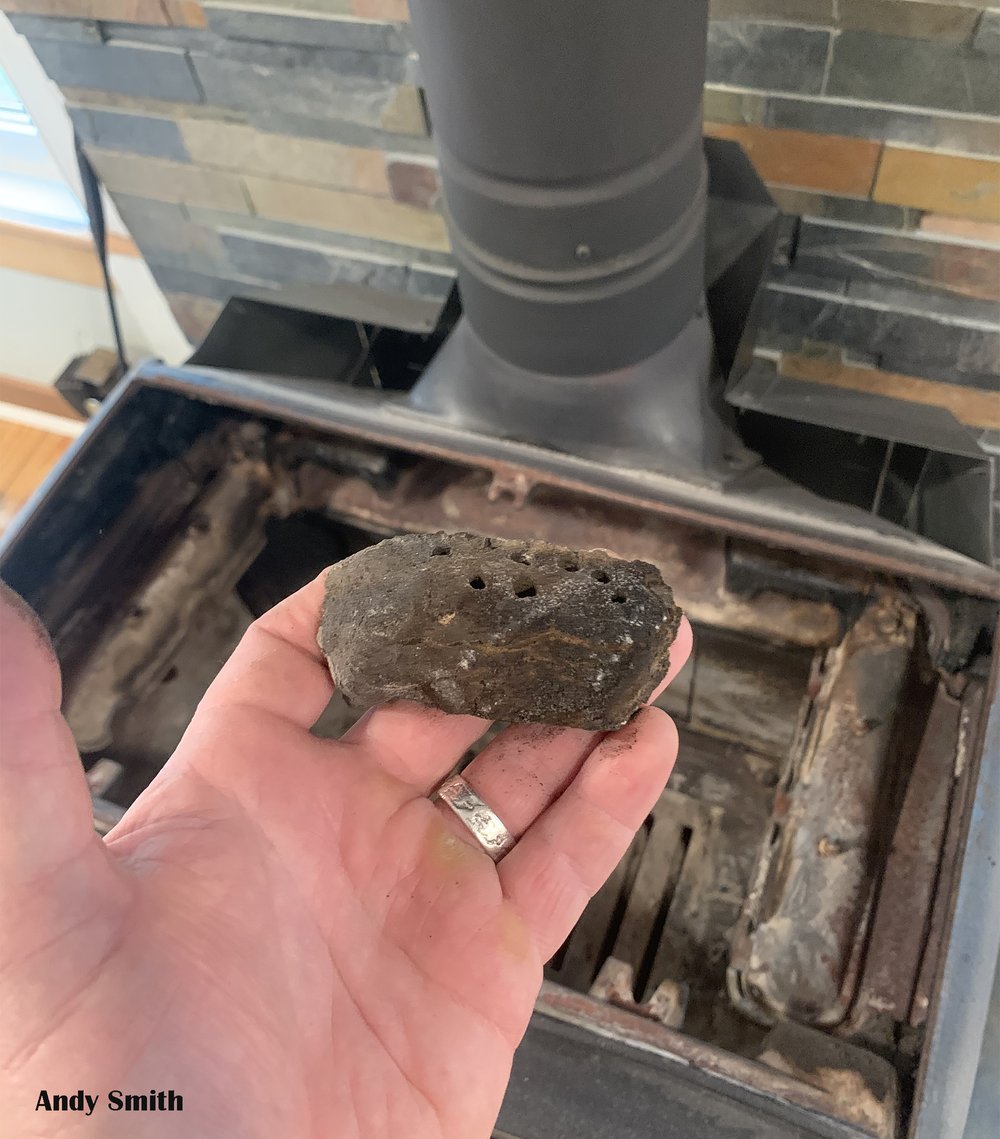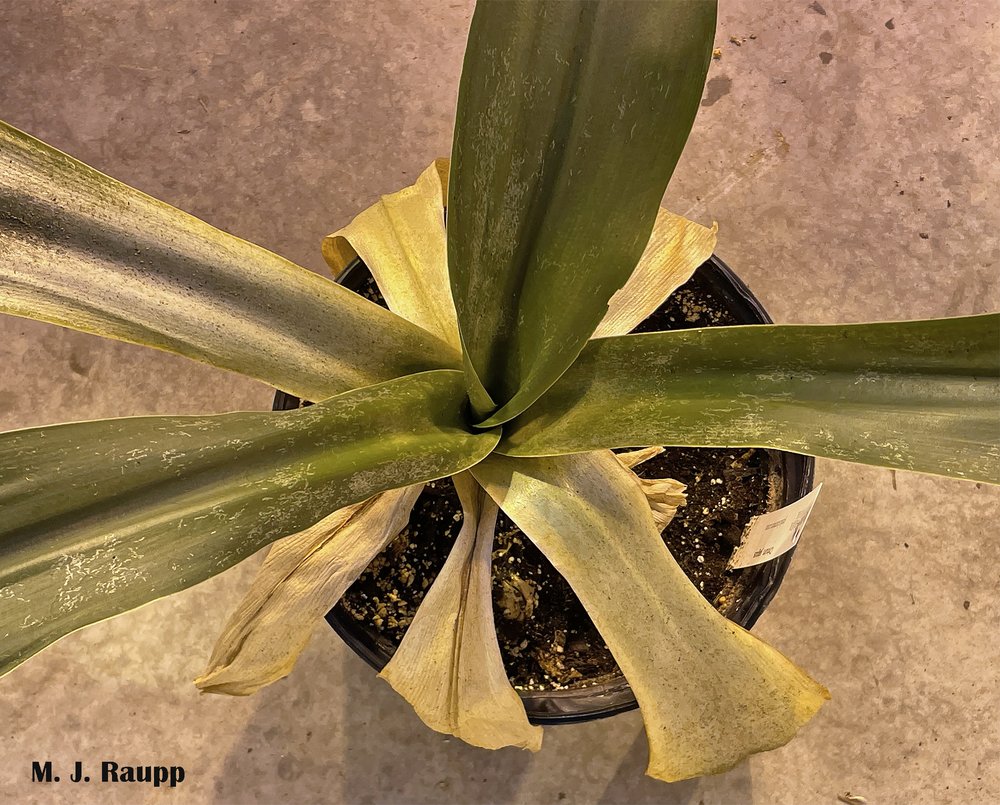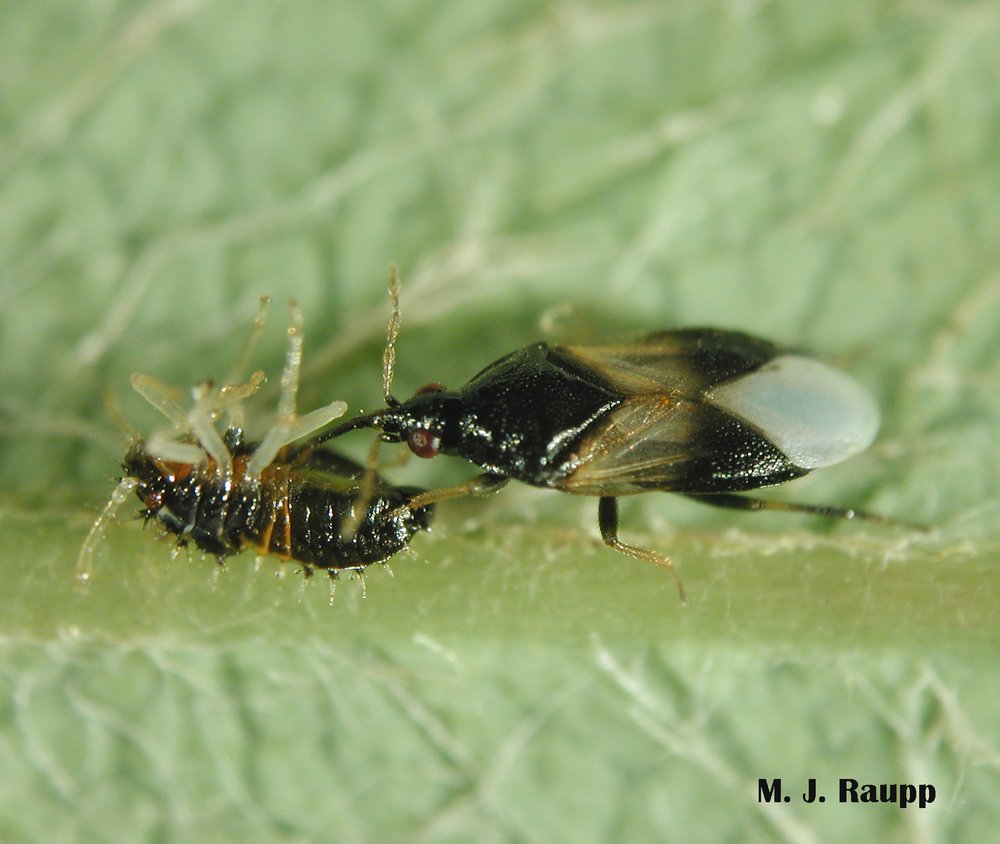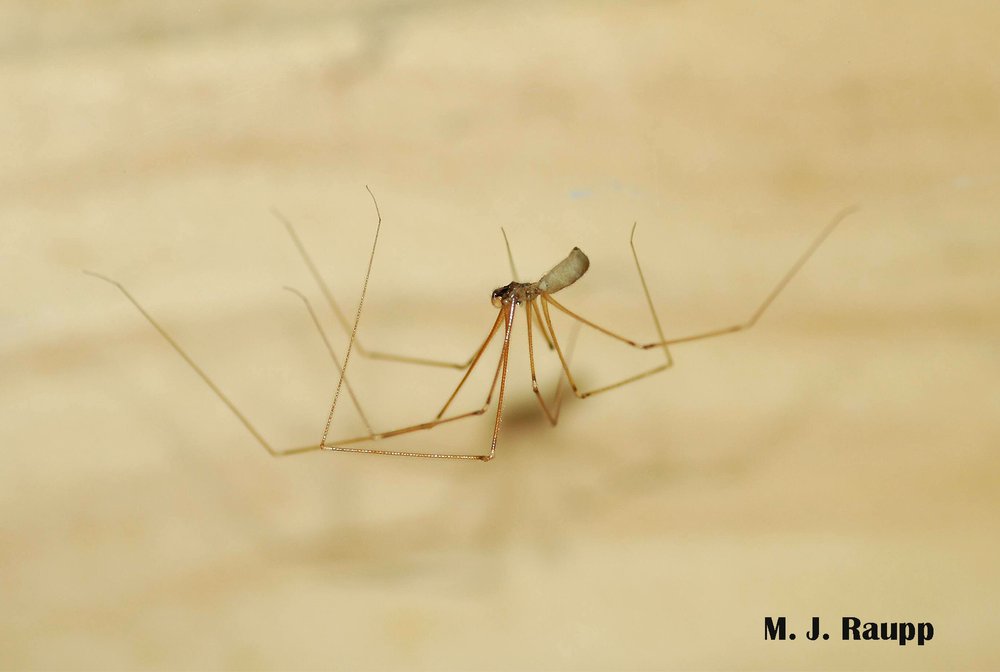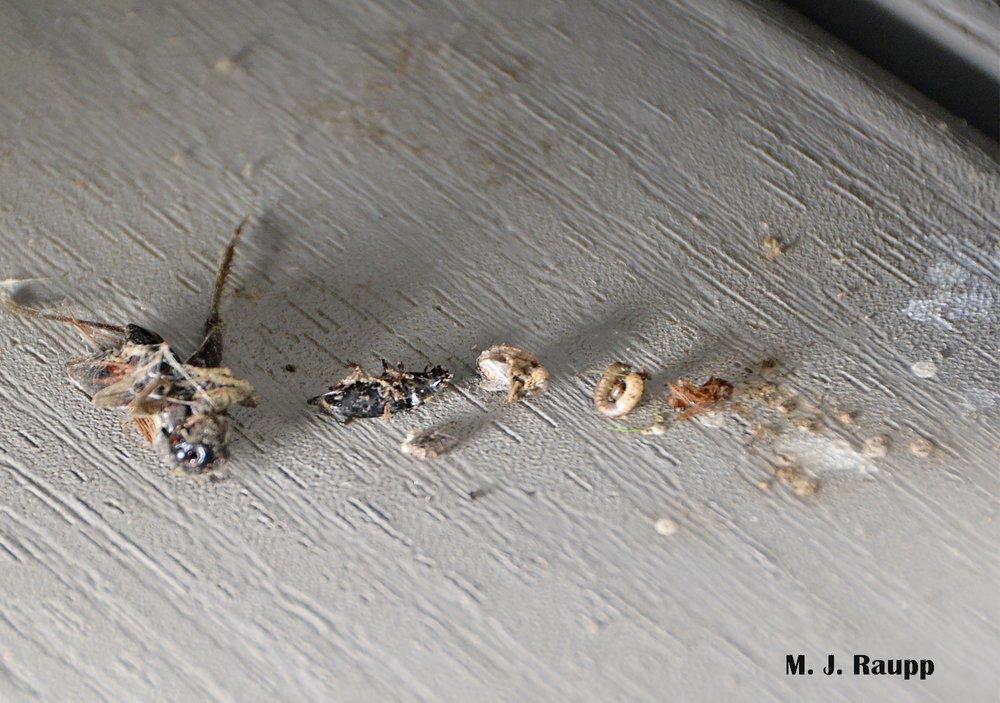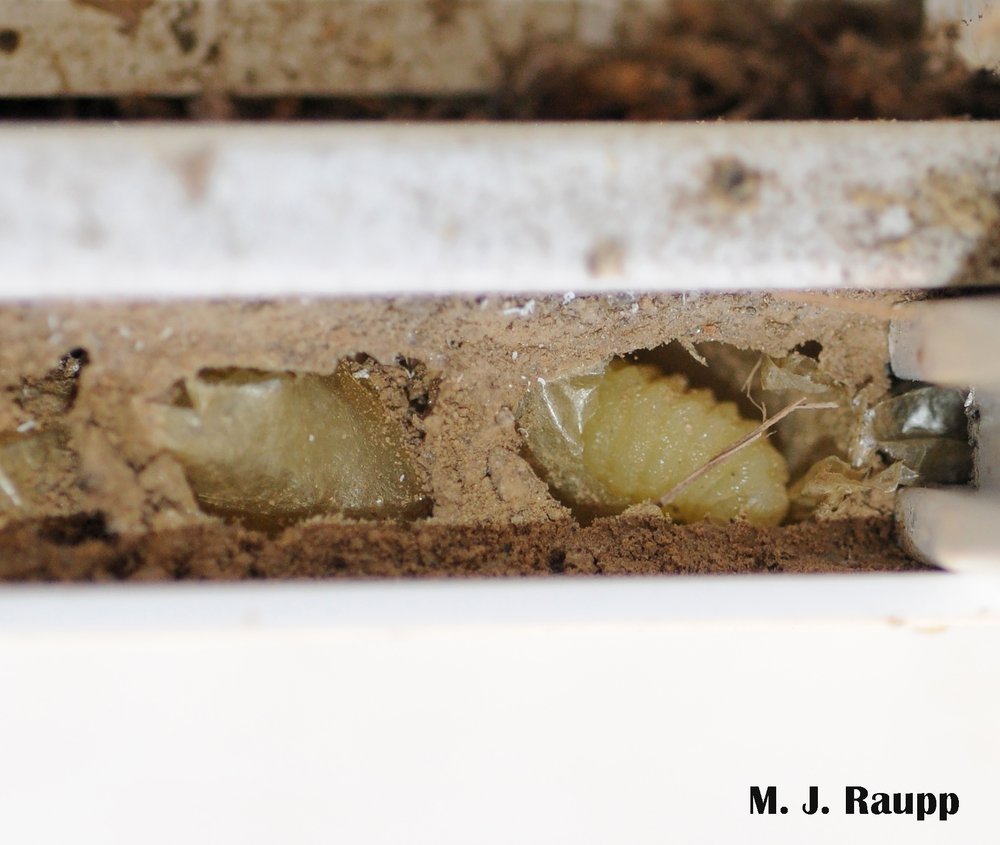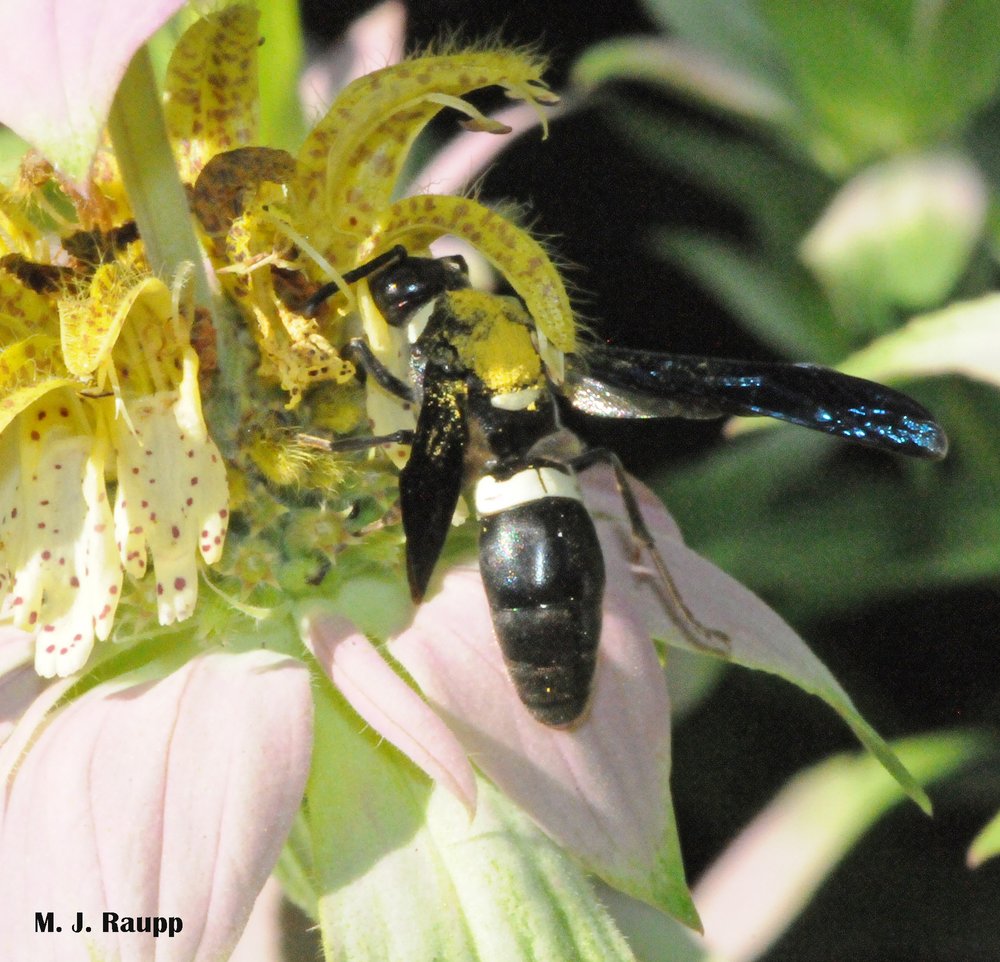Destination Big Cypress National Preserve to meet a smiley face spider: Spiny orbweaver, Gasteracantha cancriformis
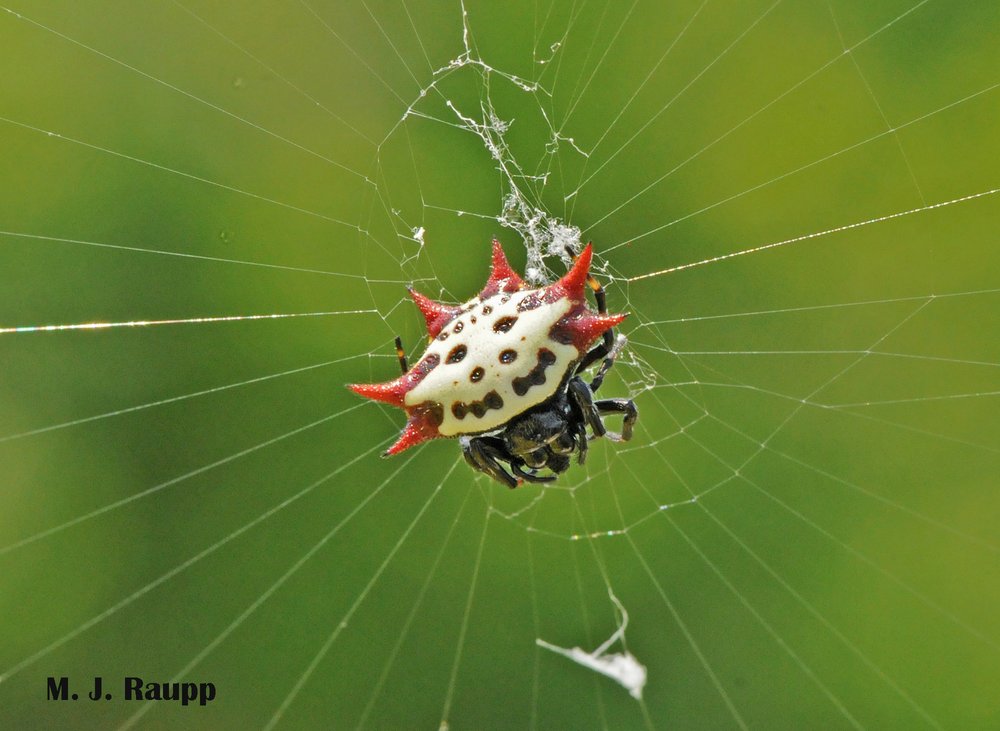
What would a predator think when it saw this tiny thorny face with a ghoulish grin leering back at it?
After two months of record warmth in the DMV, Mother Nature decided that a late winter chill-down is in order for the greater Washington-metropolitan area. With blossoms of cherries and magnolias in peril and insect activity still in a state of languor, it’s time for a road trip to warmer parts of our nation. First stop, Big Cypress National Preserve in the beautiful, buggy Everglades. While walking along a gator-infested bayou and trying not to disturb any large, sunbathing reptilians, our adventurous party of four almost collided with a magnificent orb web constructed across a swampy trail. At the center of the orb a ghostly face with two black eyes, a broad toothy grin, and a halo of scarlet spines smiled at us. This small but scary spider was the ghoulishly gorgeous spiny orbweaver. Locally known as the Florida crab spider, this species ranges from Florida to Argentina in North, Central, and South America. As is the case with many spiders, at 10 – 13 mm in width, females are much larger than their puny mates, which may be only 2 – 3 mm wide.
Webs of the spiny orbweaver are a masterpiece of functional beauty. Strong non-sticky radial lines support concentric circles of sticky prey-snaring strands. At the center of the web, females rest in an open area of non-sticky lines awaiting arrival of prey. When a fly, beetle, or small moth is snared by a viscous strand of silk, the female plucks radial strands with her forelegs to vibrate attendant sticky strands, which further ensnare her hapless victim. Small prey may be carried by to the center of the web where they are consumed, while larger prey are bitten and paralyzed, then wrapped in silk to await a visit from the fangs of the hungry spider. Yikes!
This ten-foot gator isn’t the only one smiling in the Everglades on a beautiful sunny day. Nearby, a spiny orbweaver has constructed its web. Adorned with scarlet spines and a ghoulish grin, a female boldly awaits a hapless victim to be ensnared by her web. White tufts of silk produced by the spider hang from several radial strands. These tufts may alert birds to the presence of the web and reduce destructive collisions that result in lost time and materials if a bird wrecks the web. These successful predators make their webs not only in the wild but in urban habitats near high rise condos as well. Gator image by Paula Shrewsbury, PhD.

Spiny orbweavers may be even creepier when they have six eyes instead of two.
As you watch the video of the spider in its web, notice the white tufts of silk that adorn several of the radial lines of the web. What purpose do they serve? Well, many of us have experienced the disturbing thud of a bird hitting a large glass window. One way to reduce these unfortunate and sometimes lethal crashes is to paint patterns or attach stencils of birds on the window to alert our avian friends of an impending collision. Scientists believe that the white tufts on the orb weaver’s web may serve the same purpose. Highly visible gossamer tufts make the web more conspicuous and warn birds to steer clear of the delicate strands. While the web poses little peril to a bird, destruction of the web means precious time and material must be spent by the spider to reconstruct its food-snaring trap. With their malevolent smiles and thorny spines to confound predators and web adornments to ward off birds, spiny orbweavers thrive in the great river of grass known as the Everglades.
Acknowledgements
Bug of the Week thanks Jim, Anne, and Paula for spotting the spiny orbweaver and providing inspiration and images for this episode. Two great references “Spiny orb weaver spider, Gasteracantha cancriformis (Linnaeus)” by G. B. Edwards and “Biological and behavioral notes on Gasteracantha cancriformis (Arachnida: Araneidae)” by M. H. Muma were used to prepare this episode.
This post appeared first on Bug of the Week

